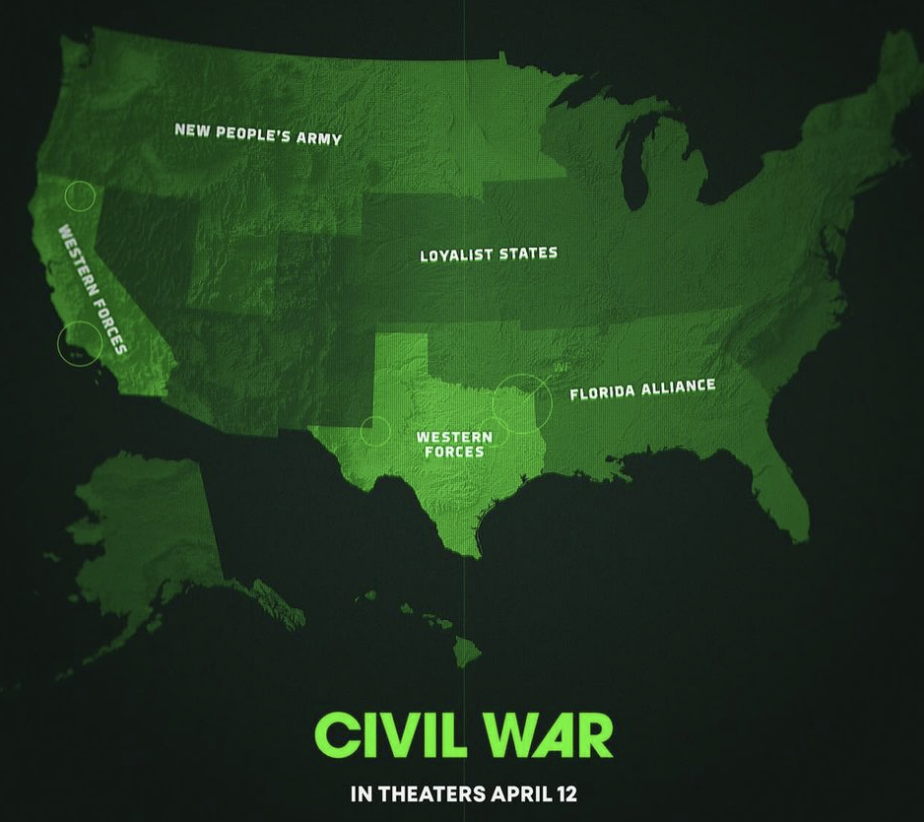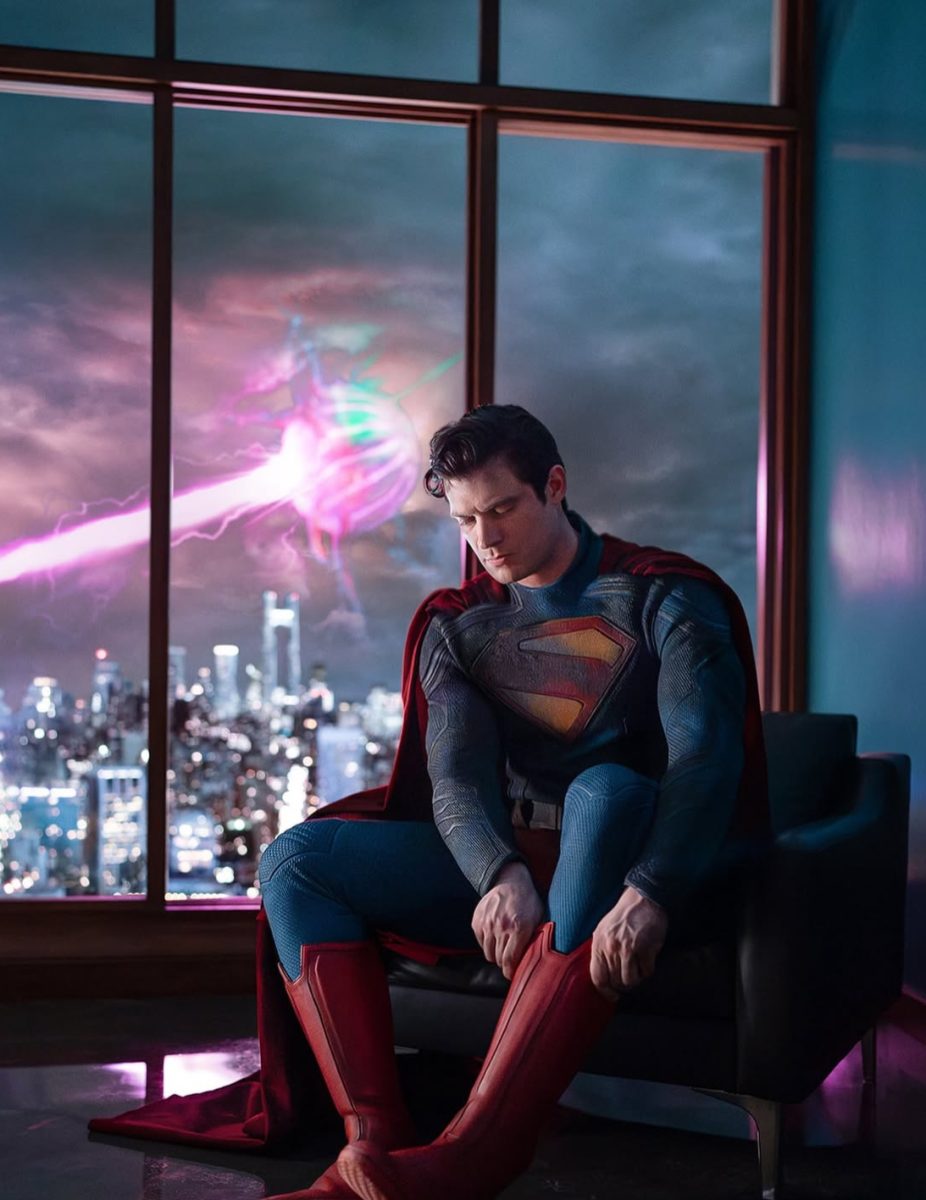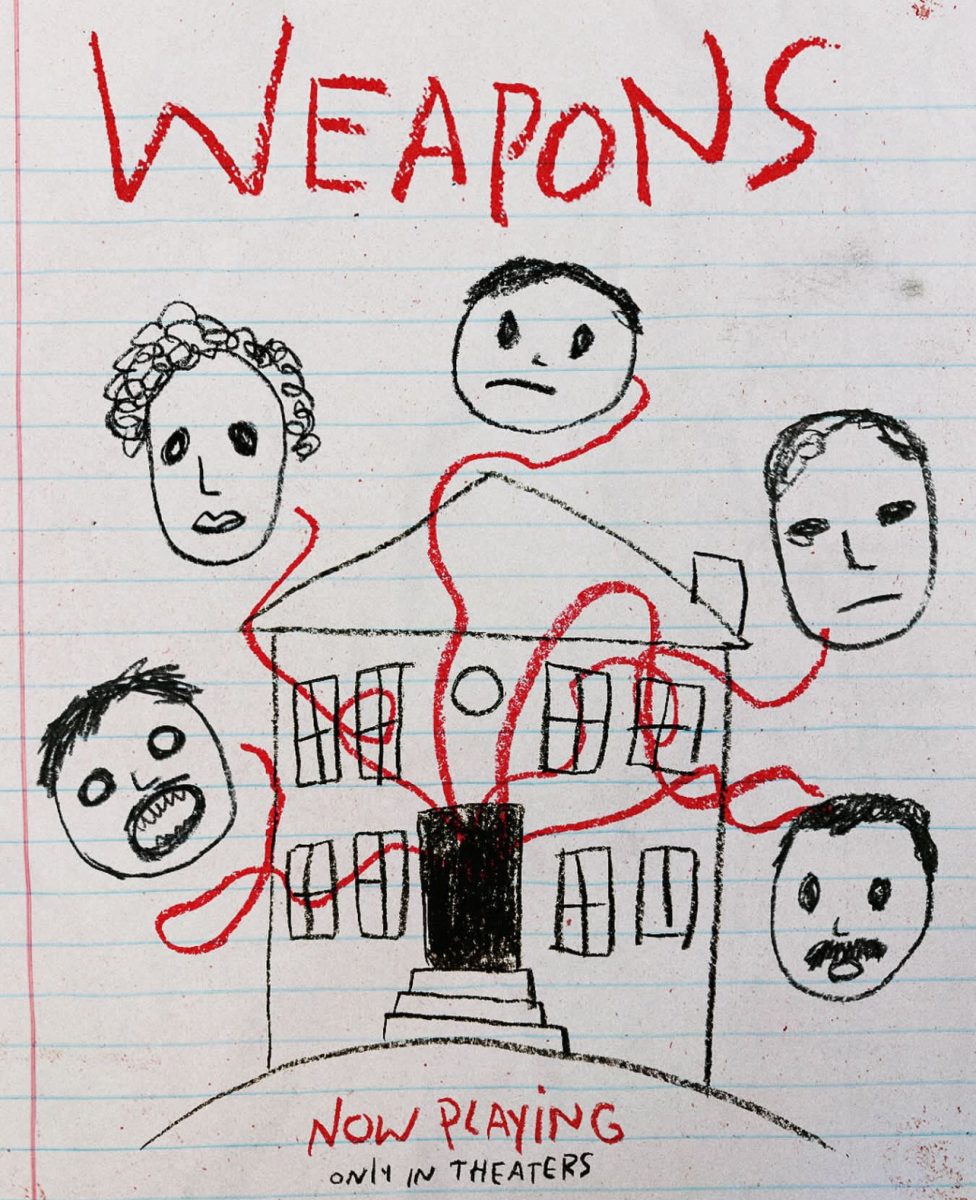I must admit that I was skeptical when going to see A24’s “Civil War.” From the early marketing and online discussions, I feared the film would be little more than a choose-your-own fighter meme with surface-level political commentary. I was incredibly happy to be proven wrong. Instead of solely imagining the logistics of a potential second U.S. Civil War, the new film by Alex Garland (“Ex Machina,” “Men”) thrives as an intense exploration of the life and mindsets of war correspondents, the ethics of photojournalism and the cost of being willing to do anything for that perfect shot. Though it vaguely imagines how a modern-day civil war would look in the United States, the film is intentionally ambiguous and apolitical, in part because, for the people it centers around, politics is merely white noise to the thrill and duty of the journalistic lead.
Kirsten Dunst plays Lee Smith, a photographer for Reuters, who, though scarred by the gruesome scenes she has witnessed throughout her career, has an unrelenting dedication to her work. She and her partner Joel (Wagner Moura), a thrill-seeking war correspondent who often nurses his pain by turning to the bottle, plan to embark on what has become a nearly impossible mission: getting an interview with and photo of the president. In order to do so, they must travel from a fractured New York City to what is left of Washington, D.C. Because nearly all mass infrastructure is destroyed, they have to travel west to Pennsylvania and circle back through West Virginia and Maryland for their trip. Last minute additions to their group include Sammy (Stephen McKinley Henderson), a veteran reporter for The New York Times who may be too old for this dangerous line of work, and Jessie, an eager young photographer played by Cailee Spaeny who mirrors a younger version of Lee. During the trip, Lee becomes a reluctant mentor to Jessie, who at first hasn’t learned to stomach the horrific sites of the job but eventually comes into her own. Though these descriptions seem rife with cliches, the film executes them in a way that feels fleshed out and believable.
Throughout their journey, they encounter various unexpected and often gut-twisting obstacles. Again, the film provides little exposition for why people are fighting, or how things became that way. During the group’s trip, it quickly becomes clear that they are in a country so fractured and driven to extremes that questions of “why” and “how” have become irrelevant to the daily quest for survival; the team follows where the story is and does what they have to to get out alive.
Fair warning: the film does not hold back on its imagery and effects. What little context Garland provides is designed to fit within a discourse that feels vaguely familiar enough to seem believable to any American viewer, a device that intensifies the film’s violence. In the last minutes of the film, the group finally makes it to the nation’s capital, culminating in an intense, bone-chilling final sequence that was etched into my mind for days after I saw the film.







































































































































































































